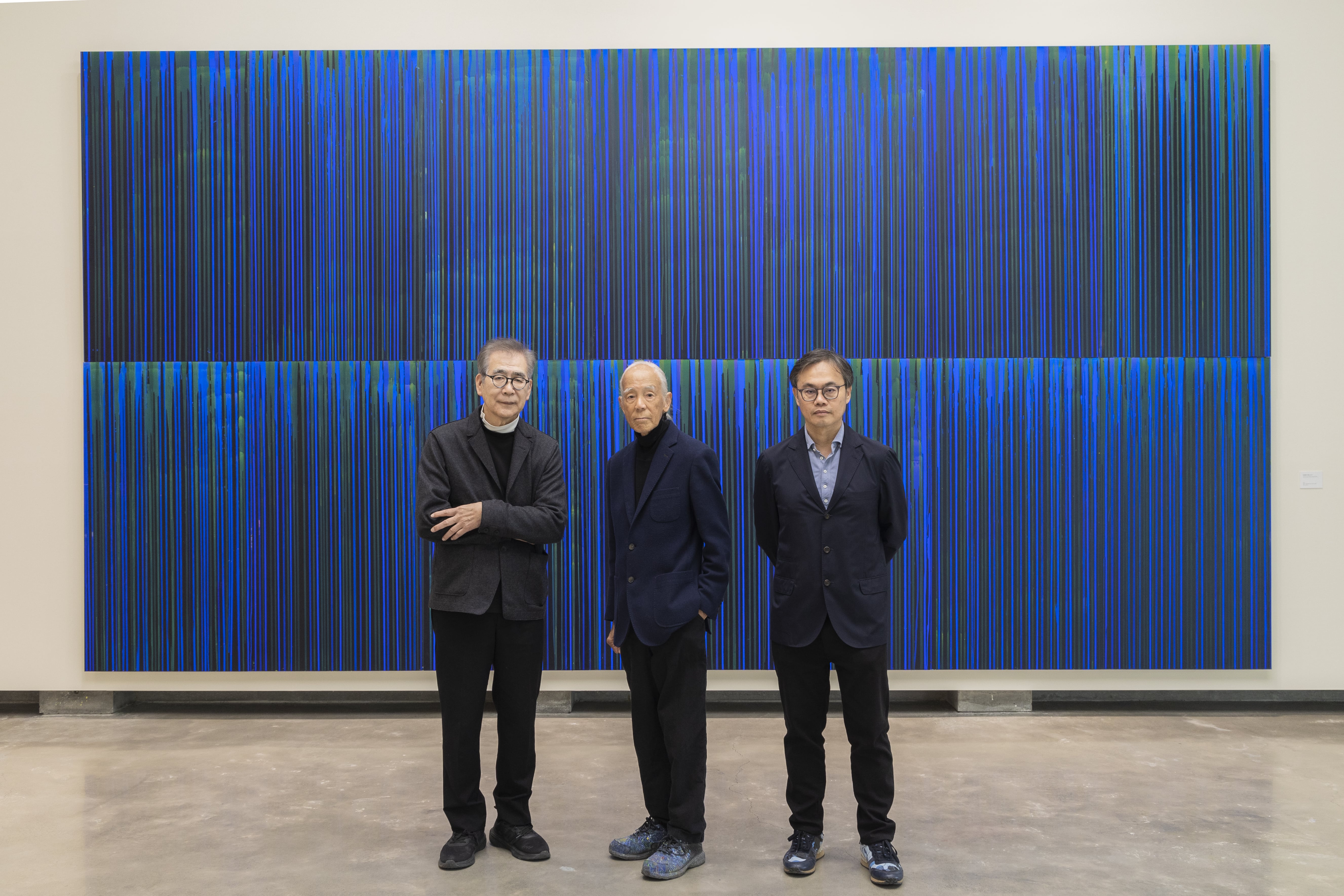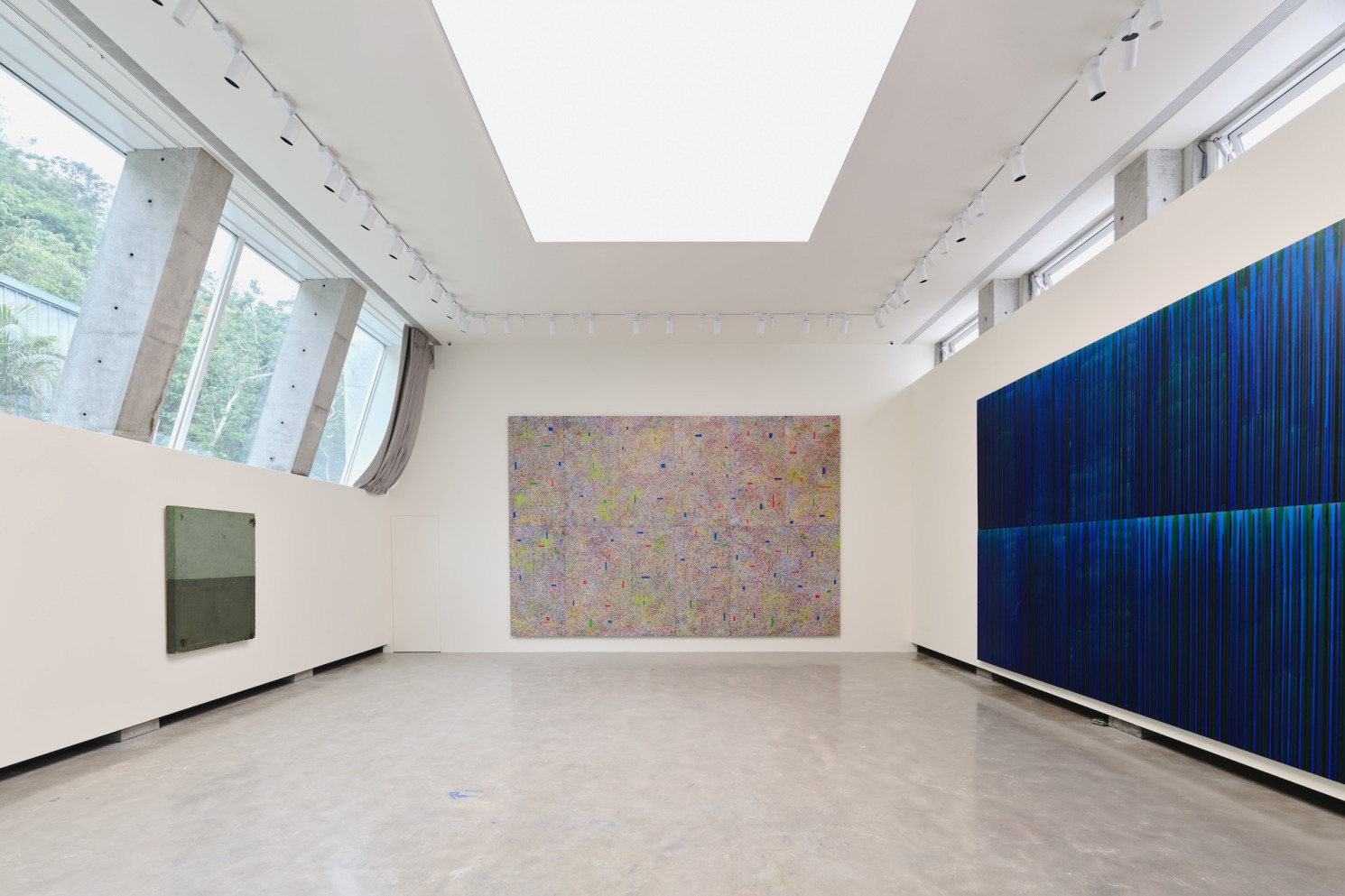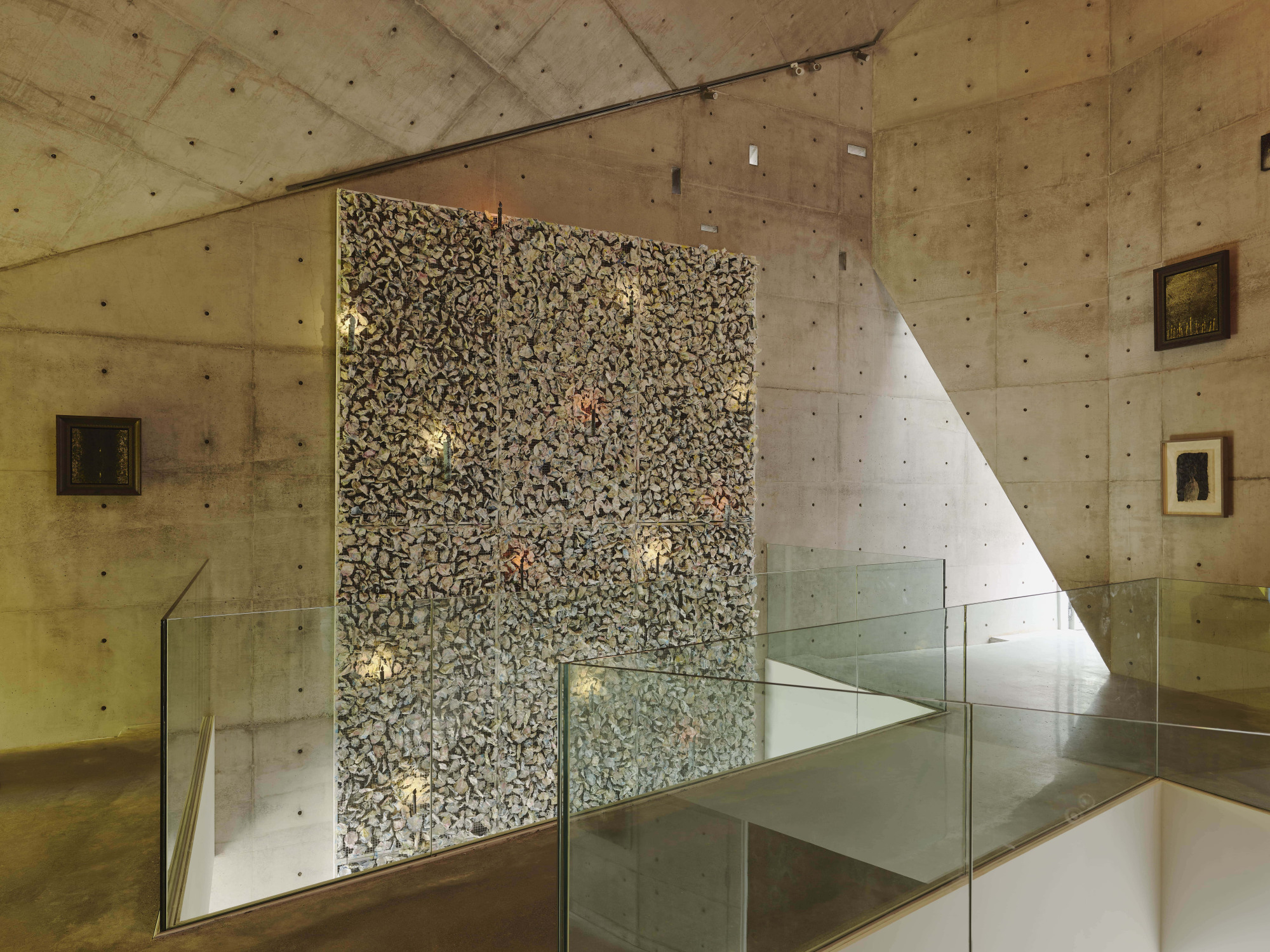
>> Download press release text and images|Kindly review the copyright notice before use. When using images, please follow the credit indicated in the file name: either "© Paul Chiang Art & Culture Foundation" or "Photo courtesy of Paul Chiang Art & Culture Foundation / Photography: Studio Millspace. All rights reserved."
Light, Beauty, and Purification, the inaugural exhibition of the Paul Chiang Art Center (hereafter referred to as the Center), opening on March 15, is curated by internationally renowned art critic and curator Fumio Nanjo, with co-curation by artist Jason Chi. Currently serving as Senior Advisor at the Mori Art Museum in Tokyo, Nanjo has long been active in the international art world and is widely recognized for his contributions to the promotion of contemporary art in Asia and beyond.
Nanjo first encountered Paul Chiang nearly a decade ago at a TED event in Taitung, and has since visited the artist’s studio in Jinzun several times. That very studio has since evolved into the Center. Though remote and not easily accessible, Nanjo believes the site’s inaccessibility contributes to its unique charm—shielding it from urban noise and social distractions, slowing down time itself. The atmosphere of this tropical island space offers a stark contrast to the art museums found in Western metropolises.
Light, Beauty, and Purification
From Taipei to Paris to New York, and ultimately settling in Taitung, Paul Chiang’s artistic style has evolved alongside his life journey. "At its core, art is inseparable from life—and Paul Chiang understands this deeply," says Nanjo. The exhibition title, Light, Beauty, and Purification, stems from this understanding, and the show is structured around three thematic sections: The Pursuit of Freedom, Music and Nature, and Spirituality and Hope.

The Pursuit of Freedom
The first section features works from 1975, created during Chiang’s time in New York, alongside his latest 2025 painting. “The works from 1975, though subdued in color, hold an inner beauty that echoes the Japanese concept of wabi-sabi,” says Nanjo. The edges of the paintings reveal metal fragments and rope—signs of Chiang’s early attempts to break free from the two-dimensional constraints of painting and venture into spatial expression.
His monumental new work On Wings of Song 25, completed in 2025, was created using discarded wood panels from the Center’s construction. “Whether then or now, I see his use of beloved materials as a form of artistic freedom,” Nanjo observes. “These works in Gallery 1 show Chiang’s journey from the minimalist aesthetics of 1975 to a present-day practice inspired by nature and the environment, where his brush moves with complete freedom.”
Of particular note is the transformation of Chiang’s painting Afternoon of the Faun 25-07 into a sculpture, now installed as a striking focal point at the far end of the Center’s plaza—one of the many moments where his architectural and artistic sensibilities converge.
Music and Nature
Nanjo perceives a deep resonance of music and nature in Chiang’s work. The centerpiece of Gallery 2 is On Wings of Song 13-10, inspired by Mendelssohn’s composition of the same name. This piece also serves as the visual identity for the exhibition. With its bright yellows and layered brushstrokes, it evokes sunlight pouring onto the earth—an ode to nature, light, and freedom.
“I truly love this gallery. It’s full of rhythm; you can almost hear the music,” says Nanjo, who plays the piano himself. The room also includes Sound of the Ocean and works from the Pisirian series, with color palettes that reflect the harmony of the natural world.

Spirituality and Hope
The third gallery—an architectural landmark of the Center—is constructed with weathering steel and raw concrete. It was inspired by Chiang’s own sculpture Farm House. “The moment you enter, you feel it’s not an ordinary space,” says Nanjo. “It’s an experience unlike any other, as if stepping into the cosmos.” The work Meditation on Eternity 01-05, displayed on the ground floor, echoes this cosmic atmosphere.
The exhibition’s themes gradually shift from vibrant and expressive to quiet and introspective, culminating in this final space. Nanjo notes that while Chiang’s work often embodies “light” and “hope,” light and darkness coexist and influence one another—an idea central to this final gallery.
This duality is also present in the permanent installation, a Meditation Space, a room designed entirely by Chiang himself. It features a selection of small-scale works he created over four to five decades, alongside his larger pieces. Entering this room feels like reading the artist’s visual diary.
Happy Hour
Nanjo fondly recalls his first visit to Chiang’s studio, when the artist invited him to the terrace at dusk to share a glass of red wine while watching the sunset.
“Later, I learned that Paul enjoys a glass of wine on the terrace at this time each day as a way of rewarding himself after a day’s work. He calls it ‘Happy Hour,’” Nanjo writes in his curatorial essay. “For Paul, it is not just about relaxation—it’s a form of quiet reflection. In this environment, doing nothing becomes a rare and precious act.”
Slowing Down to Connect
Balancing the creative vision between artist and curator is a perennial challenge in curatorial practice. “Even though Mr. Nanjo is a world-renowned curator, he showed great respect for both my ideas and Mr. Chiang’s throughout the process,” says artist and co-curator Jason Chi. “What impressed me most was how much time he took to reflect—he would often say, ‘Let’s think a bit more.’ His pace helped steady the entire curatorial journey, giving us more space to reflect on the relationships between artworks and how they align with the exhibition’s themes.”
“What does art mean to you?” Nanjo once asked.
Paul Chiang replied:
“To me, art is the pursuit of light in the face of despair—reflecting purity upon darkness, seeking the truth and goodness in life.”
For Nanjo, this exhibition is not just a showcase of works; it is a celebration of Paul Chiang’s artistic journey and a tribute to Taitung, the land that granted him a second life in art.